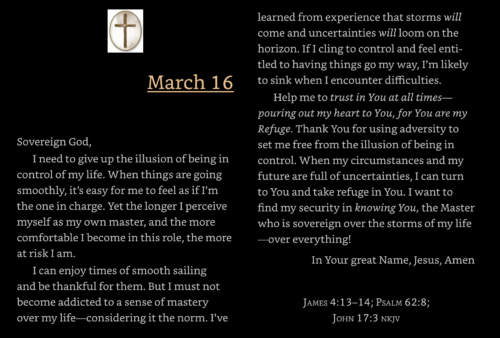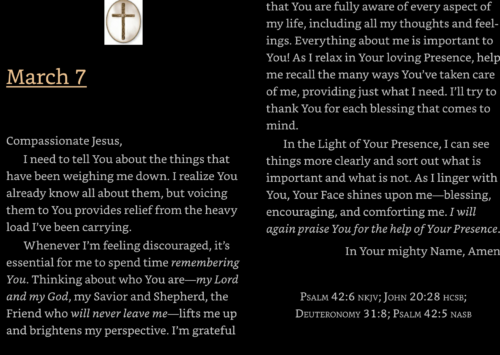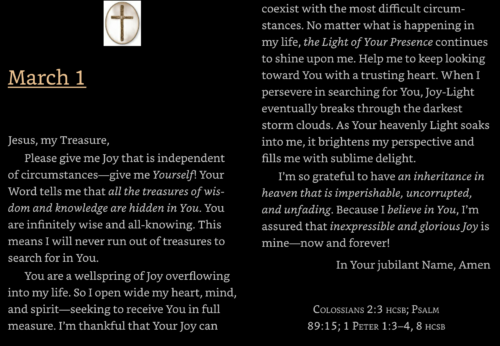Let nothing disturb you. / Let nothing upset you. / Everything changes. / God alone is unchanging. / With patience all things are possible. / Whoever has God lacks nothing. / God alone is enough. —Teresa of Ávila
In CAC’s Turning to the Mystics podcast, Father Richard shares what drew him to Teresa of Ávila:
I first opened her Book of My Life when I was in college, and it just seemed like gobbledygook. I was nineteen or twenty years old; I just had no real inner experience. I conveniently shelved her, and only came back in my early years here in New Mexico. Realizing I had much more to learn if I was going to present myself as a teacher of contemplation and action, I had to go to the best in the field, and she was there. And I found what I once thought was so abstruse was now striking home again and again. [1]
Richard describes the gifts of mystical experience, particularly those Teresa emphasizes:
Mystics always bring this message in some form: “Do not be afraid.”
They know that it is all okay and will be finally okay, too! They want to tell us so that we can stop fretting and fearing and enjoy divine union now. Enjoy is the operative word. Mystical experience allows us to enjoy our own lives and to stop creating enemies and thinking we need to be afraid of certain people; to stop fearing nations and races we feel we have to punish and kill.
Where can we expect to go in life if we follow this way of perfection? What are its fruits? When we are enjoying deep union, we won’t need to create divisions, mistrust, and separation.
True spiritual encounter changes our politics, our attitude toward money, our use of time, our relationships toward foreigners and the weak, our attitude toward war and nationalism. We are citizens of God’s Big Kingdom now (see Philippians 3:20). Be prepared to have a very different lifestyle afterward.
If you are not ready to change, don’t seek out God. Once we have one sincere moment of divine union, we will want to spend all our time on the one thing necessary, which is to grow deeper and deeper in love every chance that we get.
Talk to those who have had a near-death, or nearing-death, experience. They all agree: it’s all about love. It’s all about union.
Saint Teresa of Ávila and her Way of Perfection are time-tested, reliable guides to this life:
Of love, nonattachment, and humility.
Of letting go, entering luminous darkness, and being ambushed by the Lover of the Cosmos.
Of recognizing union on the other side of fading dualisms. [2]
Teresa herself reminds us:
Remember: if you want to make progress on the path and ascend to the places you have longed for, the important thing is not to think much but to love much, and so to do whatever best awakens you to love. [3]
-Sarah Young Jesus Listens
Precious Jesus, You are the Resurrection and the Life. Whoever believes in You will live, even though he dies. You spoke this powerful truth to Martha when her brother Lazarus had been dead for four days, and she believed You. Then You commanded Lazarus to come out of his tomb, and he did! I love pondering Your teaching that You are the Way, the Truth, and the Life. You are everything I could ever need—for this life and the next. All the treasures of wisdom and knowledge are hidden in You. Believing this truth simplifies my life and helps me stay focused on You. Please train me in the joyful discipline of treasuring You above all else. You are the answer to all my struggles, the Joy that pervades all time and circumstances. You make my hard times bearable and my good times even better. So I come to You just as I am, desiring to share more and more of my life with You. I rejoice as I journey with You—the Way who guides me step by step and the Resurrection who gives me eternal Life. In Your majestic Name, Amen
JOHN 11:25, 43–44; Jesus said to her, “I am the resurrection and the life. The one who believes in me will live, even though they die;And when he thus had spoken, he cried with a loud voice, Lazarus, come forth. 44 And he that was dead came forth, bound hand and foot with graveclothes: and his face was bound about with a napkin. Jesus saith unto them, Loose him, and let him go.
JOHN 14:6 NKJV; . 6 Jesus said to him, “I amthe way,the truth, and the life.No one comes to the
COLOSSIANS 2:2–3; That their hearts might be comforted, being knit together in love, and unto all riches of the full assurance of understanding, to the acknowledgement of the mystery of God,
MATTHEW 11:28 Come to me, all you who are weary and burdened, and I will give you rest. 29 Take my yoke upon you and learn from me, for I am gentle and humble in heart, and you will find rest for your souls. 30 For my yoke is easy and my burden is light.”
Young, Sarah. Jesus Listens (p. 80). Thomas Nelson. Kindle Edition.






